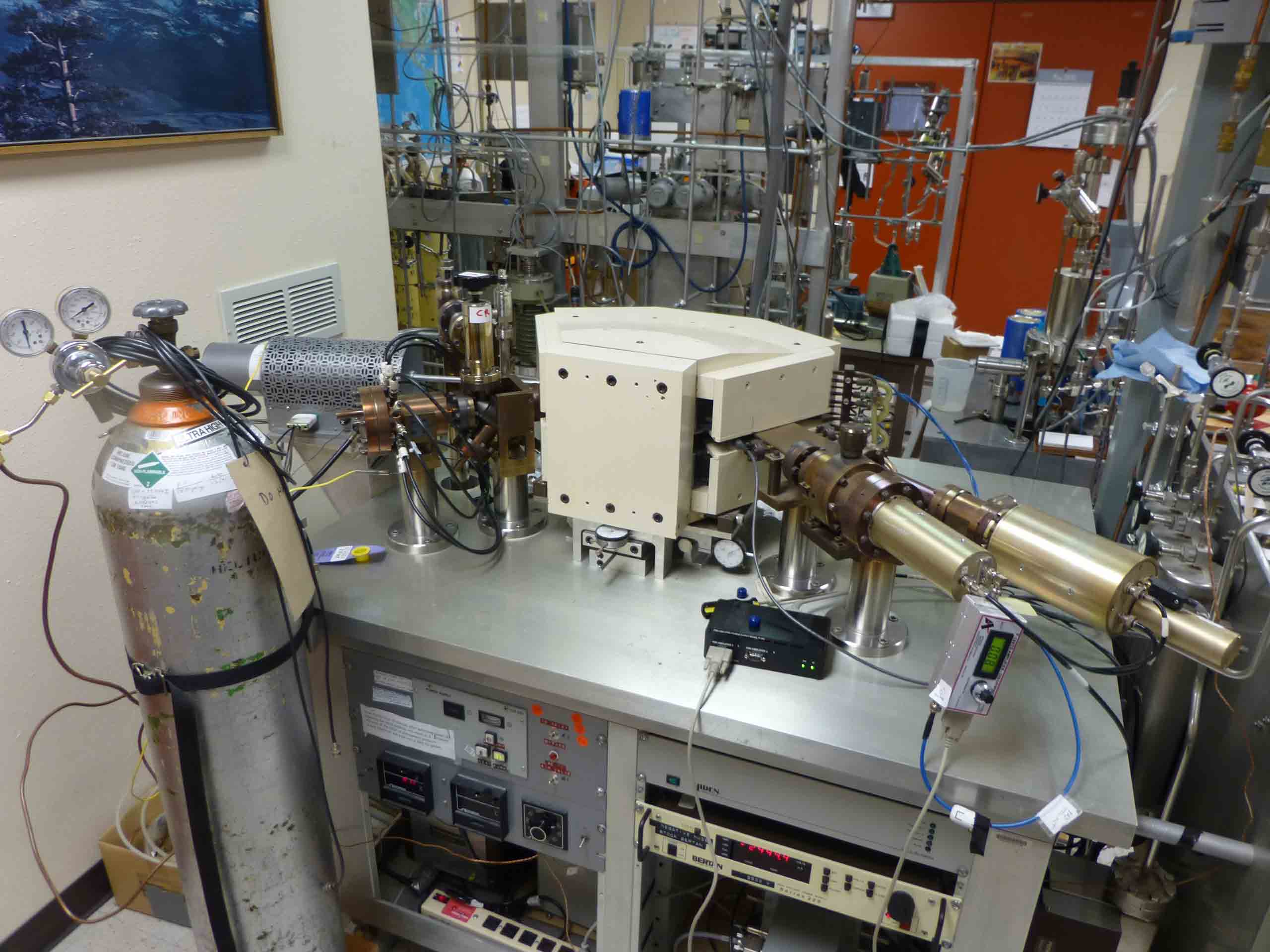Helium Isotope LaboratoryResearch Activities
Our research group is studying gases released from submarine volcanoes, hydrothermal vent systems and methane seeps from a variety of sites around the world. Our primary focus are noble gases and we investigate their effect on the overlying water column at a variety of spatial and temporal scales. Primordial 3He found in gas expelled in magmatic emissions serves as an unambiguous indicator of hydrothermal activity, and is thus one of the main tools for searching for, and identifying new hydrothermal vent sites. In addition, helium isotope ratios (3He/4He) give us information about the prevailing geological setting of the investigated site. We also use 3He to track down mantle input to cold methane seepage along active continental margins. At the broadest scale we are studying the circulation of the deep and intermediate Ocean waters. Hydrothermal plumes have localized source regions, therefore their distribution can be used to trace patterns of circulation and mixing. This is especially true in the Pacific Ocean, where the spreading rate of the volcanic ridges is very high, resulting in a correspondingly high rate of helium injections.
Our Helium Isotope Lab at sea and on shore During our sea-going expeditions, we collect vent fluid and seep gas samples by using special titanium alloy gas-tight bottles mounted on remotely operated vehicles (ROVs). Each bottle gets pumped to a high vacuum prior to deployment by using a sea-going high-vacuum extraction line. After the dives, the gas-tight samples are processed on the sea-going extraction line and sealed in aluminosilicate glass ampules. In addition, samples from the overlying water column are cold-welded into copper tubes for extraction on shore. Helium and Neon concentrations and 3He/4He are determined in our NOAA/PMEL Helium Isotope Laboratory in Newport, OR, USA. We perform our analysis by using a 21 cm radius, dual-collector, sector-type mass spectrometer specially designed for measuring helium isotopes.
References Baumberger T., R. W. Embley, S. G. Merle, M. D. Lilley, N. A. Raineault, and J. E. Lupton (2018). Mantle-derived helium and multiple methane sources in gas bubbles of cold seeps along the Cascadia Continental Margin, Geochemistry, Geophysics, Geosystems, 19. doi: 10.1029/2018GC007859
|

